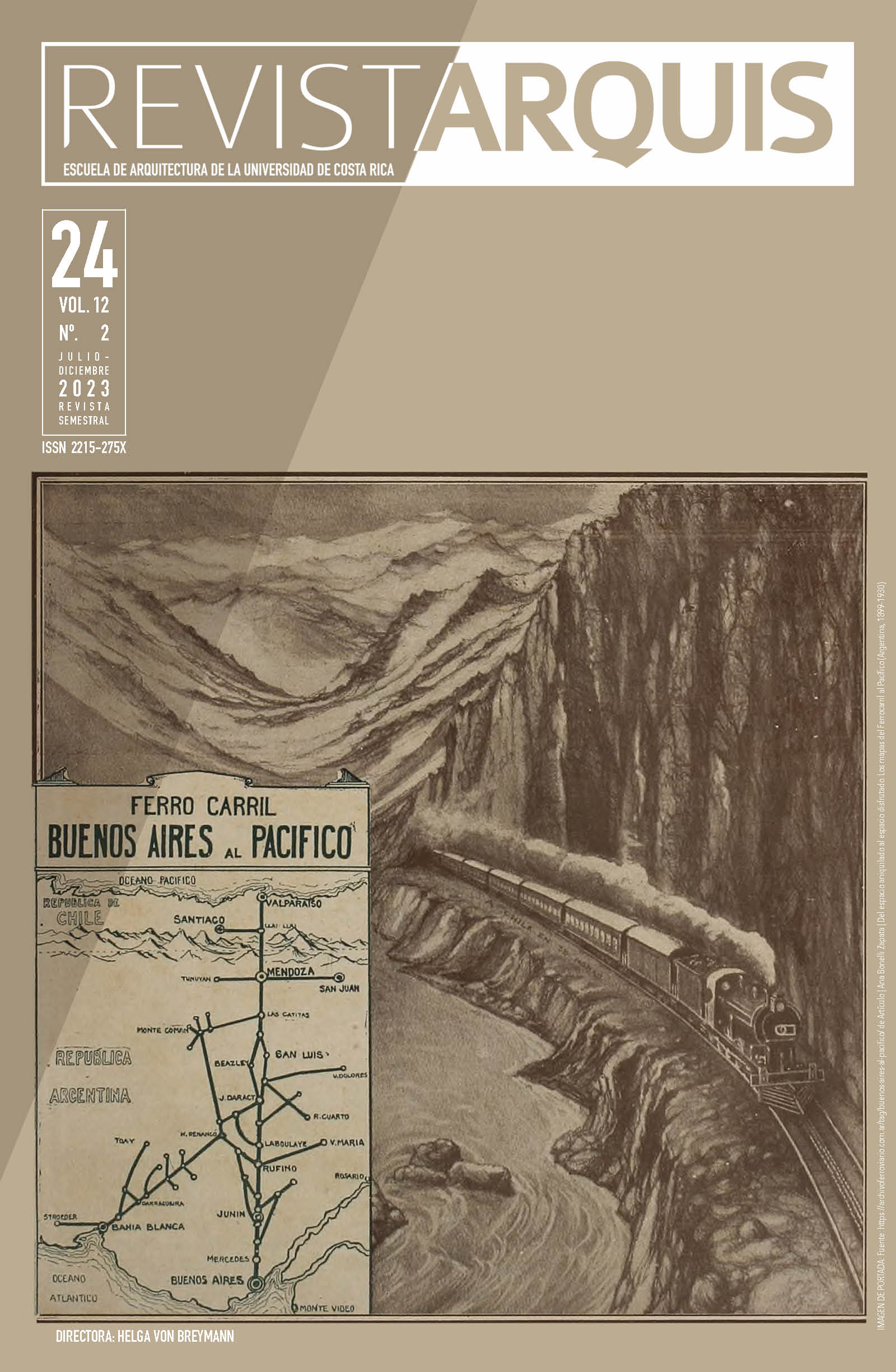Abstract
This article represents a preliminary advance of a study that intends to analyze the conditions of habitability and materiality of rural houses on the coast of Ecuador, whose importance arises from the little attention given as objects of study, despite the fact that 37% of the population resides in rural areas. The lack of information on appropriate housing models for this sector is evident, so this study aims to analyze the most relevant characteristics of traditional rural housing in relation to its location and the materials available in the environment. In addition, the inheritance received in this context is analyzed, understanding it, how to take advantage of it, and apply it in the current construction. The result is not to propose a specific housing model, but rather to highlight the importance and be able to consider these aspects in the development of sustainable, functional housing models and according to their context.
References
Malo, G. (2020). Entre la forma de habitar y las formas para habitar. Vivienda campesina y arquitectura vernácula: nociones morfológicas. Cuadernos del Centro de Estudios en Diseño y Comunicación. Cuaderno(86), pp. 83-101. doi:dx.doi.org/10.18682/cdc.vi86.3780.
Medina Garzón, H., Arteaga Botero, G. A., y López Pérez, C. (2022). Morfologías y patrones urbanos en conjunto de vivienda palafítica. Vivienda vernácula en el corregimiento de El Morro (Nueva Venecia), en el municipio de Sitionuevo, Magdalena, Colombia. Revista de Arquitectura (Bogotá), 24(2), pp. 84-93. doi:doi.org/10.14718/revarq.2022.24.2767.
Nurnberg, D., Estrada Ycaza, J., y Holm, O. (1982). Arquitectura vernácula en el litoral. Guayaquil: Archivo histórico del Guayas. Recuperado el 27 de Marzo de 2019.
Peralta González, C. (2019). La arquitectura de las casas de hacienda de los Gran Cacao en Vinces 1880 - 1920. Universidad de Palermo.
Pokropek, J. (2020). Lógicas de coherencia para la interpretación y producción del diseño interior y sus criterios de selección de formas objetuales. Cuaderno(81), pp. 19-29.
Torres Veytia, E., Vega Díaz, L. M., e Higuera Meneses, C. (2011). La dimensión socio espacial de la vivienda rural en la ciudad de México. El caso de la Delegación Milpa Alta. Revista INVI, 26(73), pp. 201-223. doi:dx.doi.org/10.4067/S0718-83582011000300007.
Valladares Carrillo , A., & Rojas Mosquera, M. (2016). La casa de hacienda en la provincia del Guayas (Vol. 1). Guayaquil, Guayas, Ecuador: Dirección de cultura del Gobierno del Guayas.
##plugins.facebook.comentarios##

This work is licensed under a Creative Commons Attribution-NonCommercial-NoDerivatives 4.0 International License.
Copyright (c) 2023 Angélica Brigitte Peralta Coello

